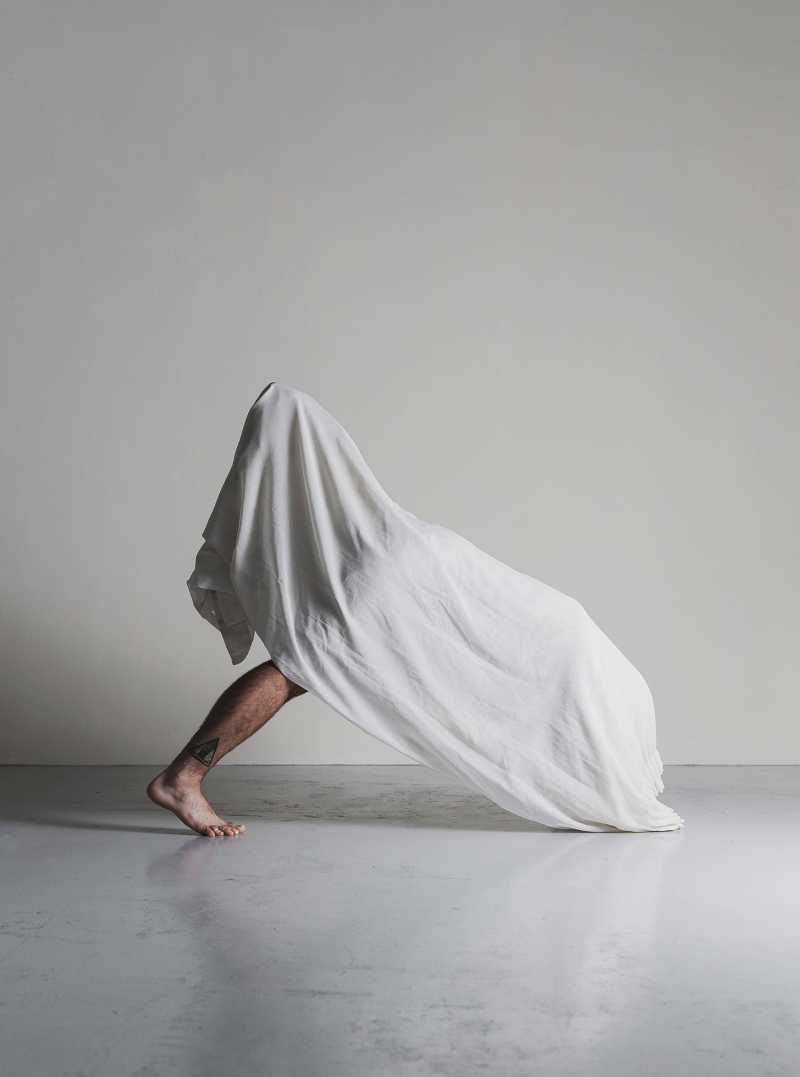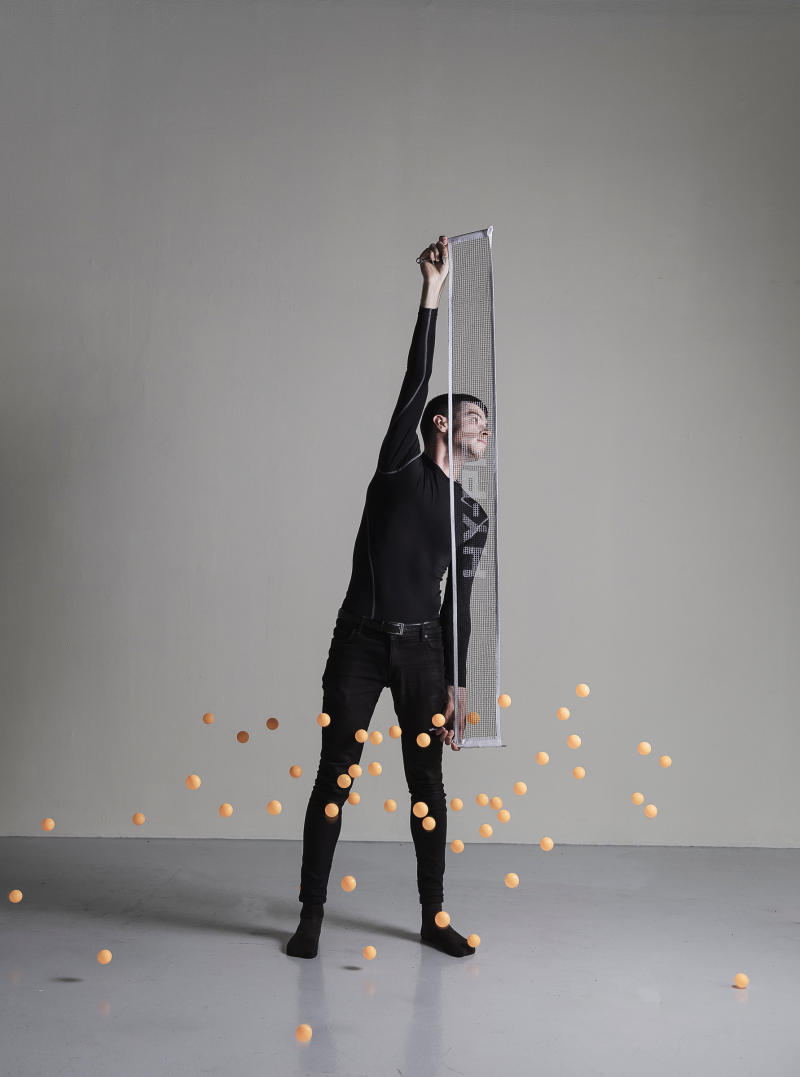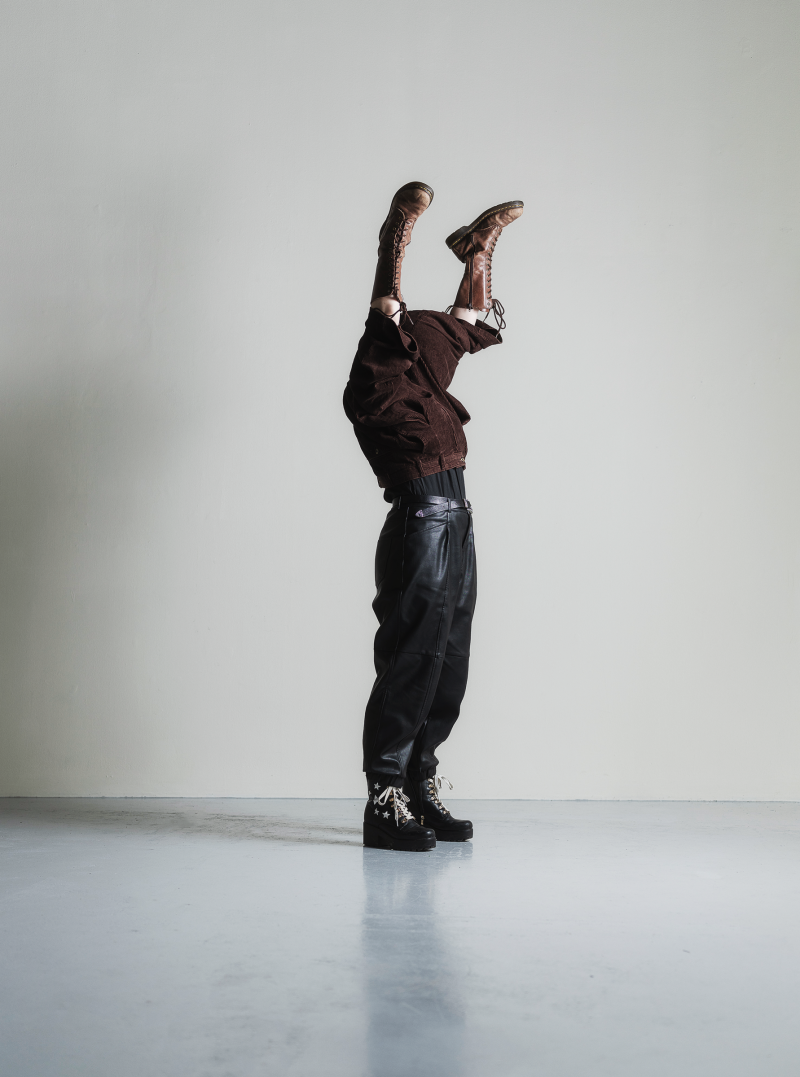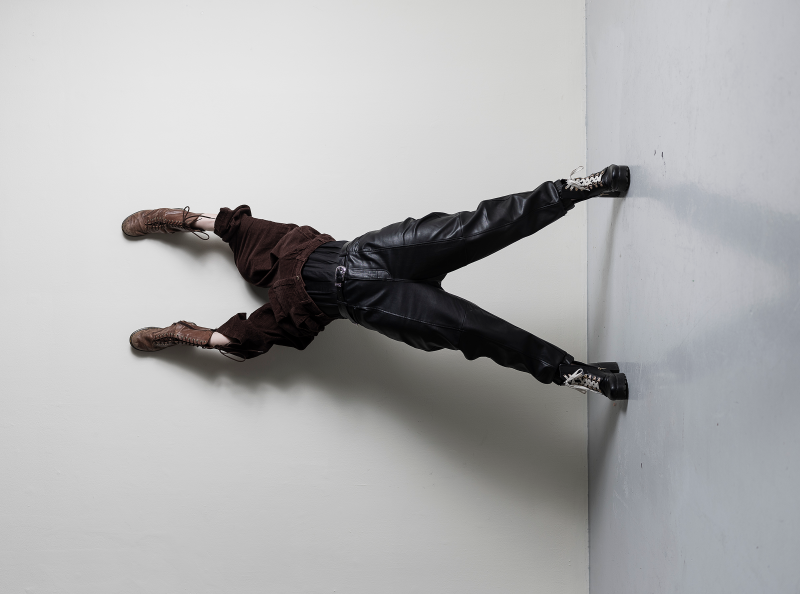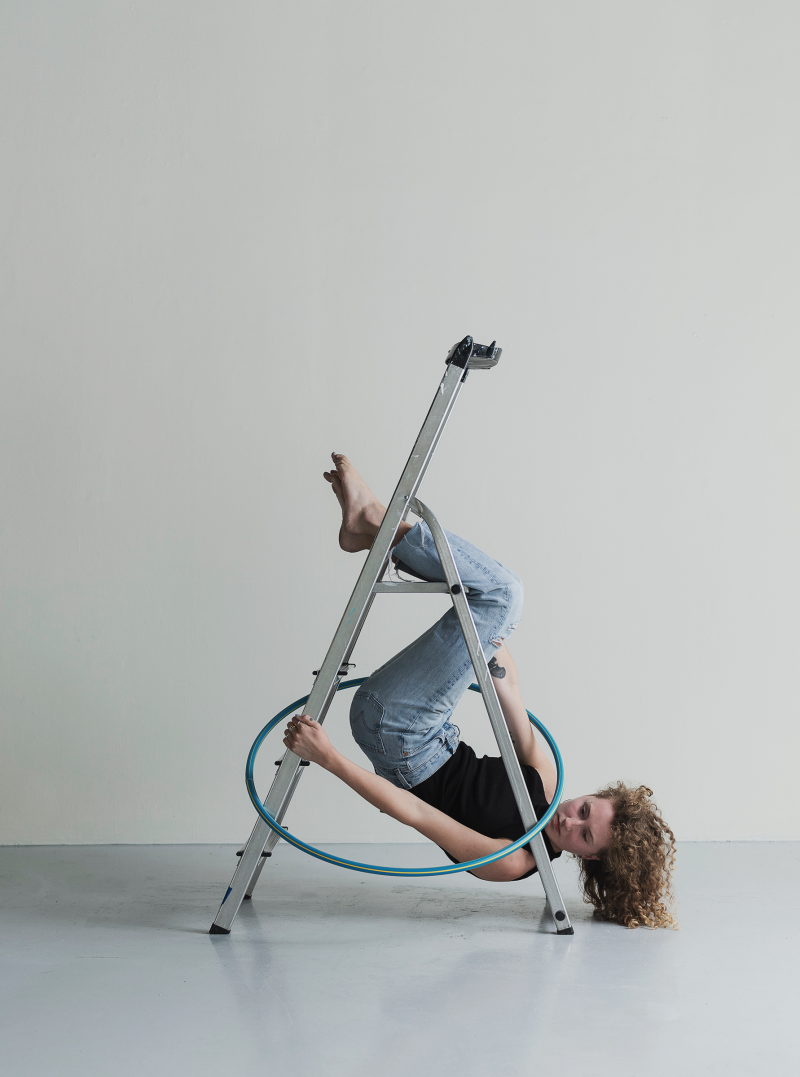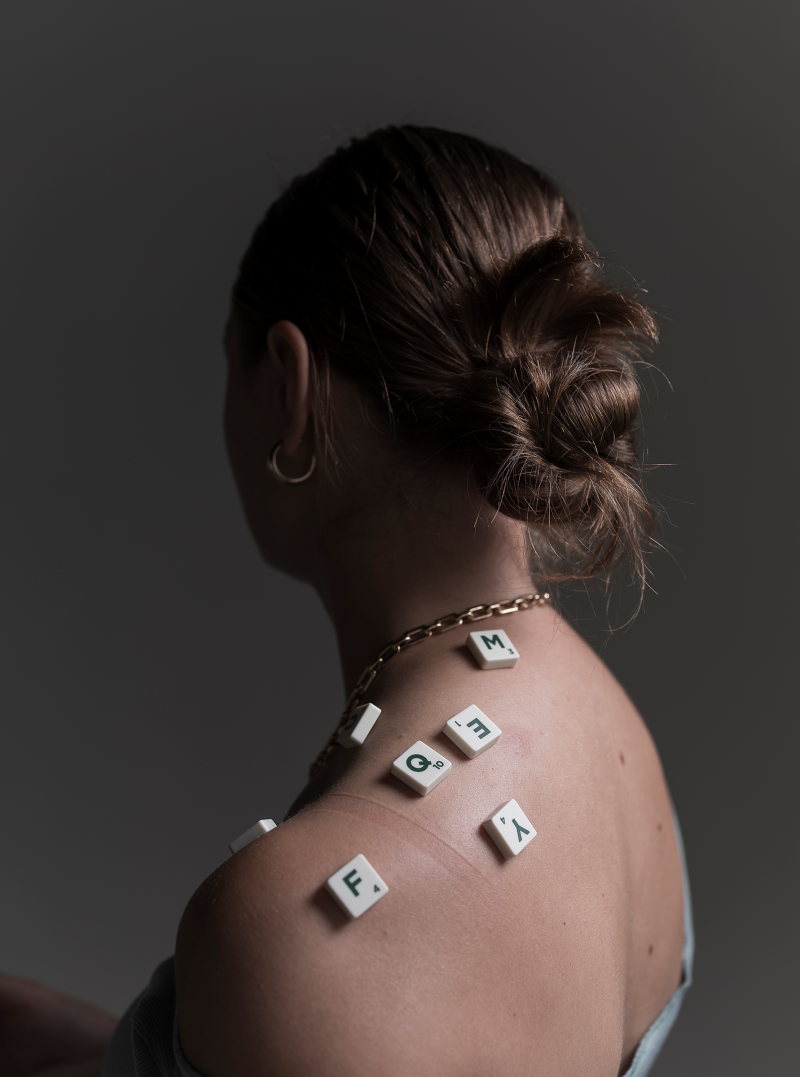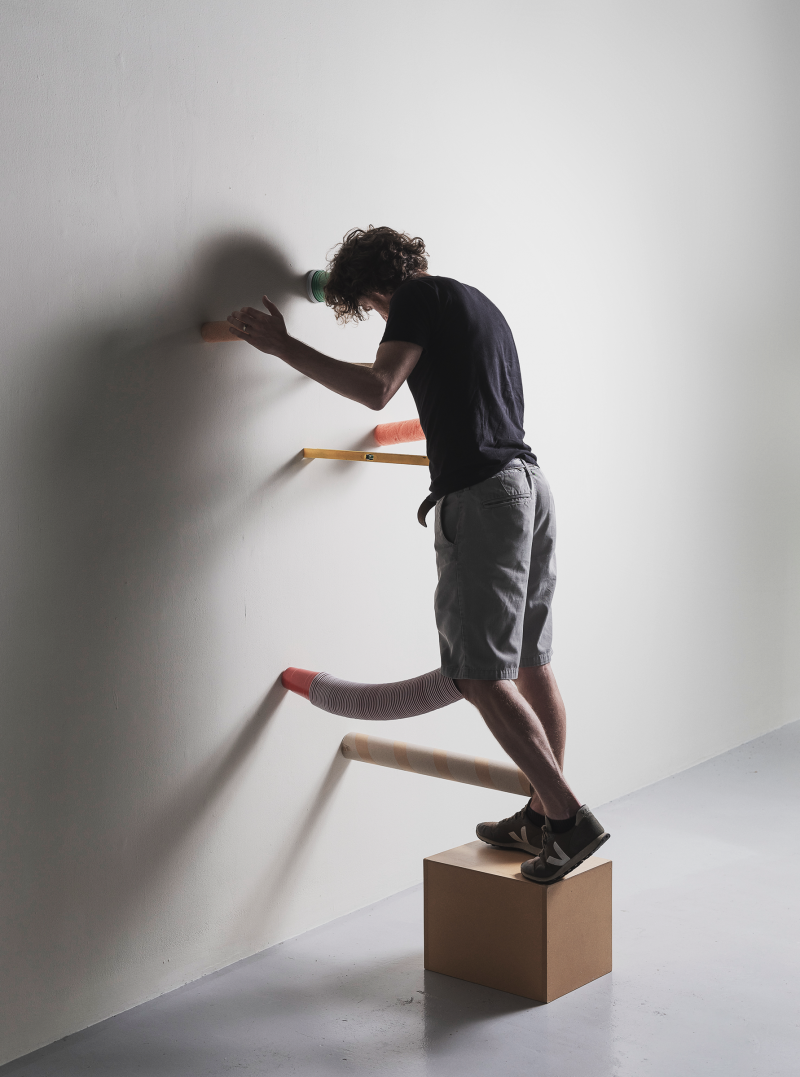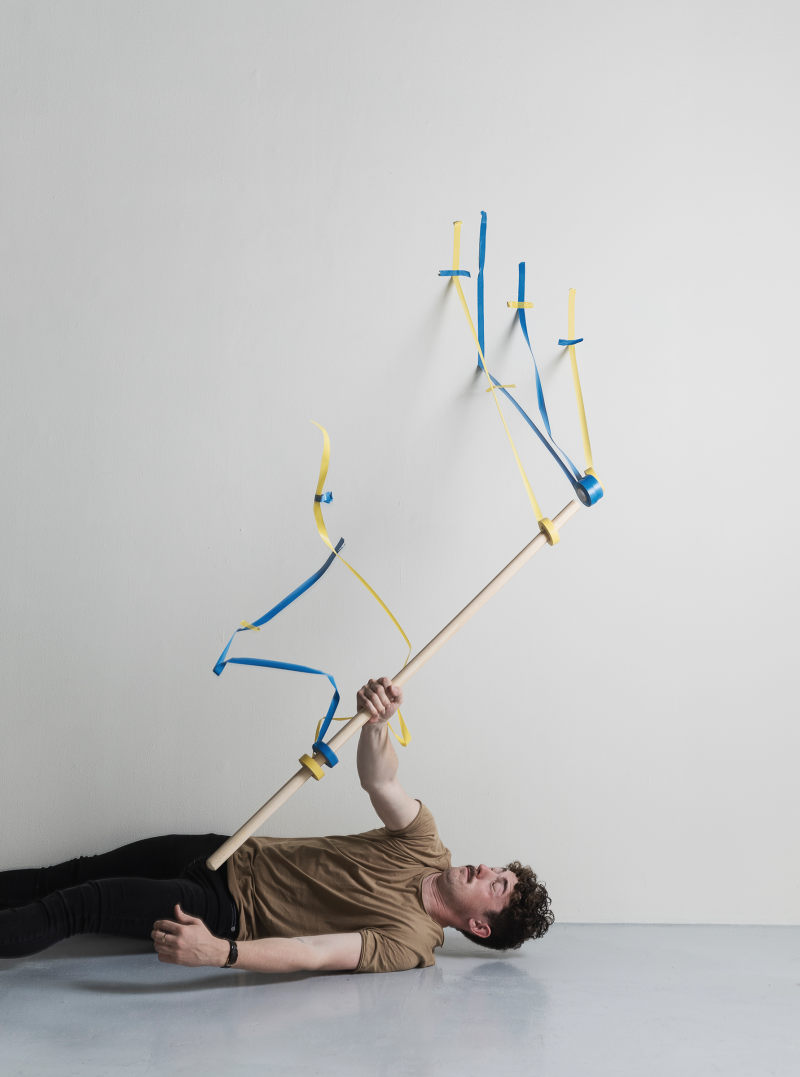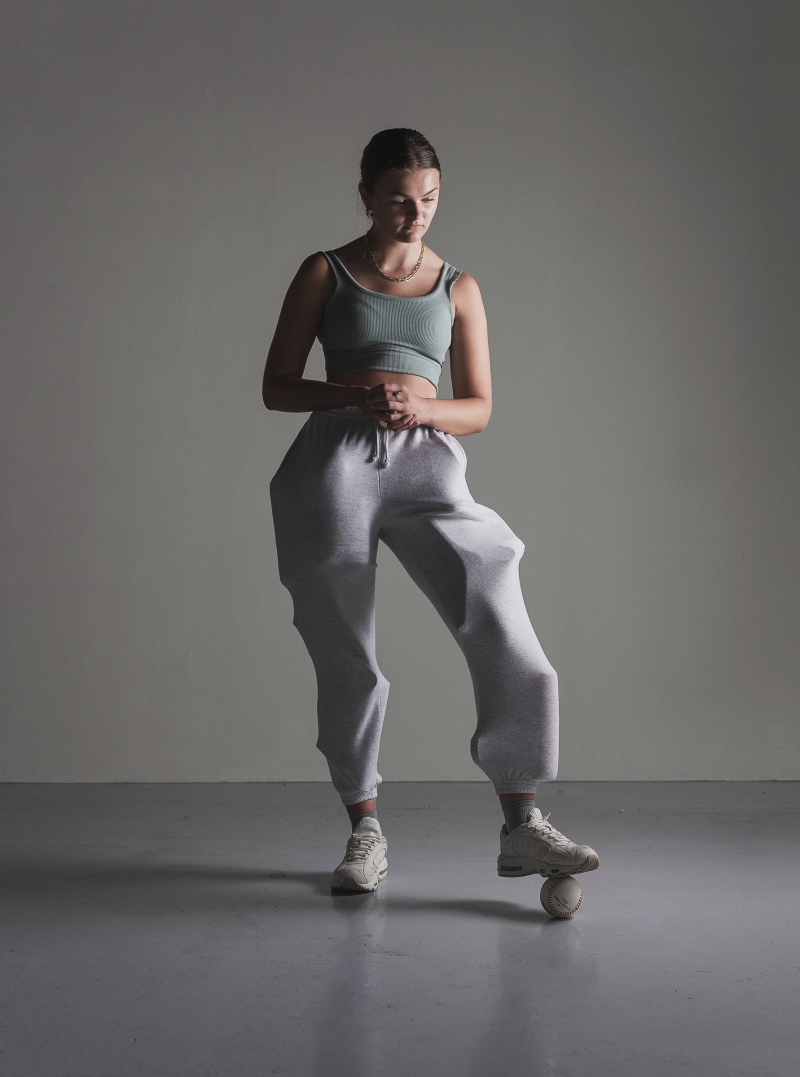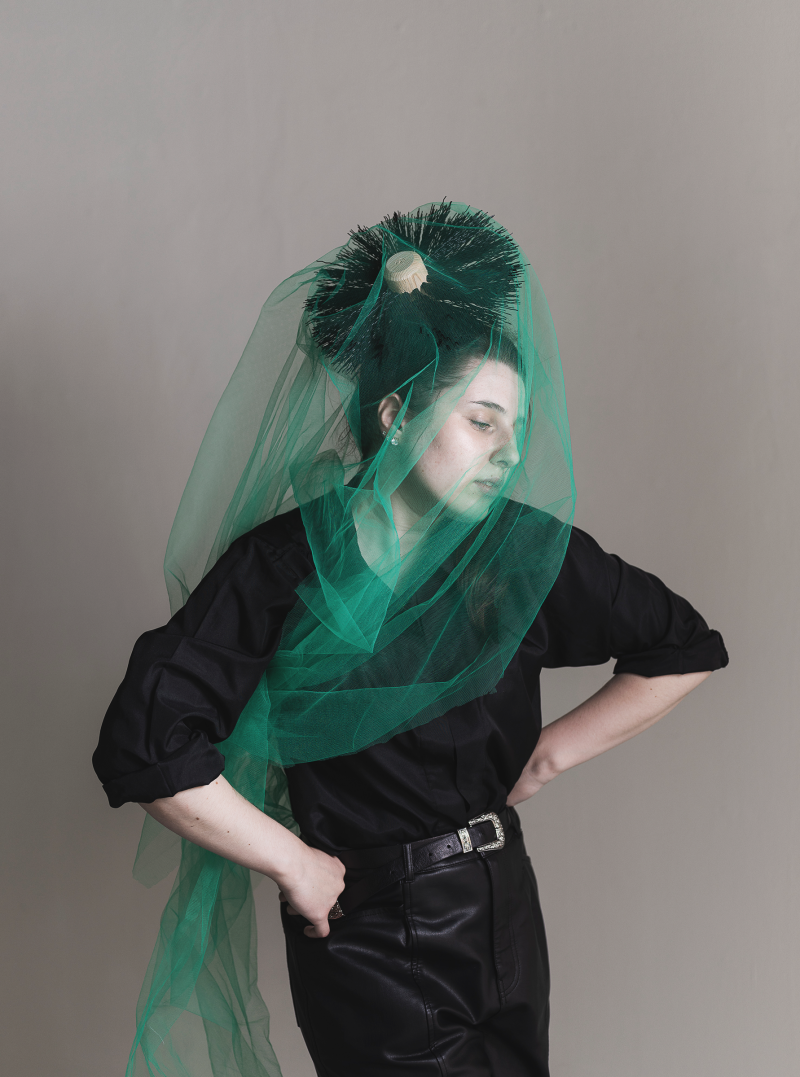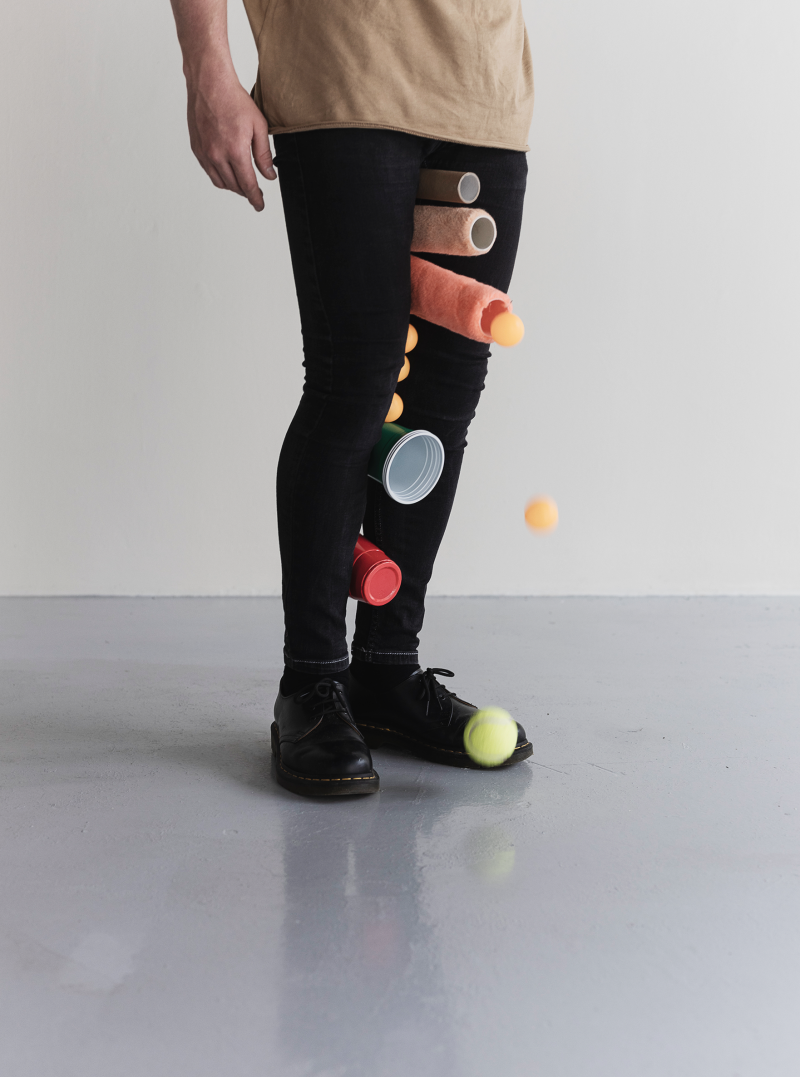Graphic Design

Graphic Design is a field rather than a discipline, and in its many forms makes an increasingly powerful contribution to the cultural and economic life of contemporary society. It exists in the public domain, is an indicator of current cultural thinking and is a catalyst for social, cultural, political and economic change.
What will I study?
This course encourages the application of design methodologies into new and diverse creative remits, the outcomes of which will not necessarily be aesthetics or products, but moreso will be outcomes that challenge, redefine and propose new roles for the designer and design in contemporary culture. Our distinctive approach focuses on design as a means for communicating meaningful messages, gathering content, organising information, creating and presenting narratives and experiences, while always looking to affect change.

Year 1
The first year experience for BA students at NCAD begins with a foundational semester of interdisciplinary Art and Design creative practice and research. In the second semester all Design students undertake 6 weeks of projects spent within your chosen design department. This is to give you a working taste of your chosen discipline and/or those that you are interested in. The second half of Semester 2 introduces students to key process-es and practices in your chosen design discipline, encouraging the creative and critical development of a personal practice and introducing fundamental disciplinary design and technical methods.
Year 2
The focus in the second year is on developing a personal visual language and the skills necessary to translate this into successful design practice. You will focus on researching and defining a specific audience and/or subject while developing a market understanding through professional practice and collaboration.
Year 3: Studio+ & International
Studio+ is an optional year open to all Design students allowing you to engage with the world beyond NCAD by gaining practical work experience in the form of internships and industry placements on live commercial, social or community projects. Studio+ can also include a work placement abroad or a study abroad period through the Erasmus programme with internationally recognised design faculties partnered with NCAD. Students who choose Studio+ will complete a 4 year BA in Graphic Design or a 4 year BA Graphic Design (International).
Final Year
In the final year, students are ready to develop their own programme of extended self-directed study, which reflects each individual’s skills and interests within the field of communication design. All work is underpinned by strong conceptual thinking and supported by detailed ethnographic research which informs critical design outputs. Their studies will culminate in a substantial body of work for assessment and display at the Graduate Showcase, exhibitions and events. Each year is supported by a series of lectures by leading creative practitioners and theorists, collaborative interdisciplinary opportunities, live industry projects, field trips, and study visits.

How will I be assessed?
Coursework, essays, practical design projects and assessments take place at key points throughout the year. Formal assessment results are issued at the end of each academic year.
Critical Cultures
A key component of your curriculum in every year is the study of Critical Cultures. This is where you study the connections between history, theory and practice in modern and contemporary contexts in order to become a critically engaged, reflective and effective practitioner.
Find out more
Opportunities after graduation
Design plays a central and formative role in shaping communities, cultures and economies. Never before has the designer been expected to cultivate such a diverse set of skills and knowledge. Our graduates will be culture creators, the new avant garde, who develop a voice as authors engaged with identifying and solving design problems within cross-disciplinary environments. They will use unorthodox and experimental methods to break free from outdated modes of ideation and communication. Graduates are employed by design consultants, cultural institutions, book and magazine publishers, multi-media and digital design companies, advertising agencies and as in-house designers for large corporations and public sector bodies. Opportunities for graduates also exist in the fields of television, film, and exhibition design. The knowledge and skills gained through study of this subject are highly transferable, so graduates may find themselves working collaboratively with experts in a wide variety of other fields. Increasingly, graduates progress to further study at postgraduate level to refine their creative abilities and approach. The School of Design offers a range of innovative masters programmes as well as a practice-based PhD programme.
Student & Graduate Stories
Roisin O'Donnell, BA Graphic Design 2020
Why did you decide to study at National College of Art & Design?
My art teacher once referred to NCAD as the ‘Crème de la Crème’. Naturally as a young, eager creative, I wanted to strive for the best. Nobody in our school had been accepted into NCAD before, so that gave me more incentive to polish off my art portfolio and apply.
Mary Doherty, BA Graphic Design 1993
Why did you decide to study at National College of Art & Design?
After my foundation year in UU, York Street in Belfast - where I thought I wanted to be a fine art painter but realised I was not good enough - I completed a HND in design (product and graphic) in Magee in Derry. I fell in love with graphic design there and really wanted to continue with it, as I knew I had so much more to learn. I applied to NCAD and Edinburgh but chose Dublin as that was far enough away for me, and more familiar, I guess. Also, it was the best college to go to – I loved the fact that it had its own quirky little campus in the middle of the city.
